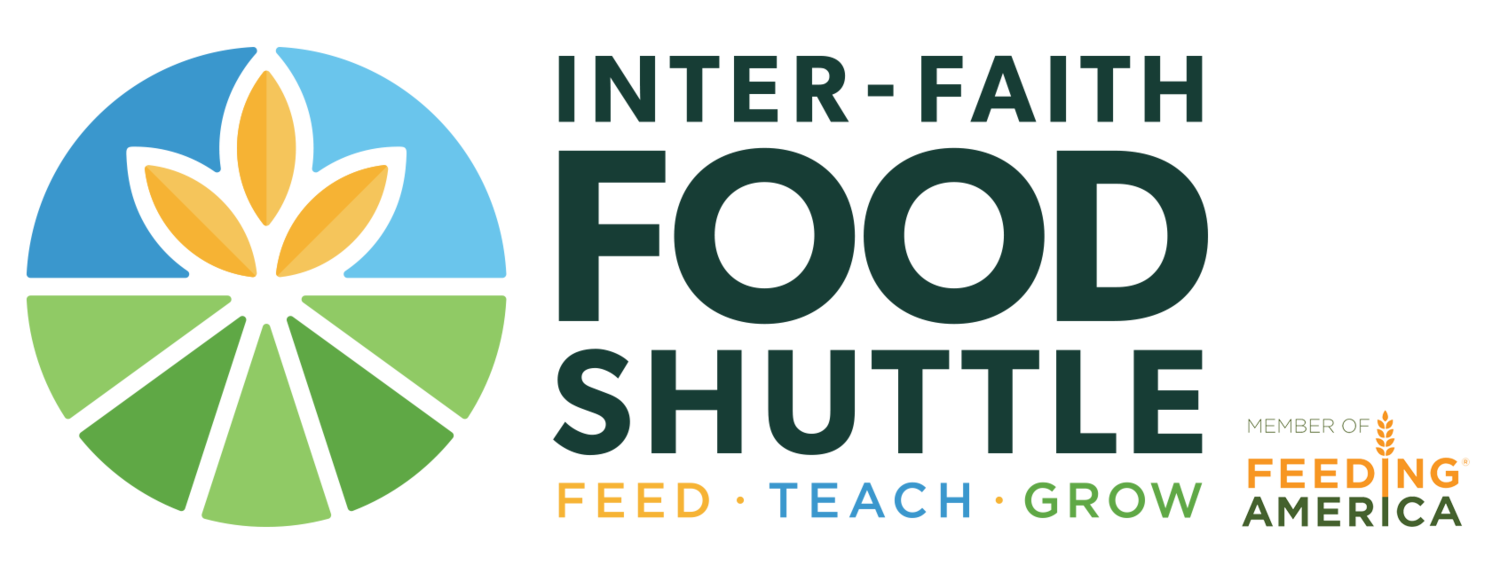by Jill Brown Any kale is great to have, but FREE kale from the IFFS farm is the best kind to have! After the alert went out that there was extra kale available for the taking, we sent our very own Katherine Moser over to get some for the folks who live in the HUB. This means that a part of my weekend was spent preserving the kale, as I had too much to eat all at once. One of my favorite ways to preserve greens is blanching and freezing into cubes for later sautéing or addition to soups or stews.
Follow these simple steps and you will be done in no time: 1. Clean the kale, removing any dirt or sand 2. Cut the leafy part of the kale off the stem 3. Add kale to a pot of hot water, swirl around for a couple of seconds and add to an ice bath to stop the enzymatic activity—this produces a nice, bright green/purple kale that will keep its color through freezing and thawing. Plus, it gets rid of some of the bitter flavors that can be found in raw green vegetables. 4. Allow the kale to dry a little 5. Add kale and a small amount of olive oil to a food processor and process until you make a smooth paste 6. Place the kale/oil mix into ice cube trays or if you have these nifty cocktail ice cube trays, they make really big cubes. 7. Freeze! Once frozen, remove the cubes from the trays and place in a freezer bag until needed.

Much like Pavlov’s dog, sautéing onions, shallots and garlic will get my teenager into the kitchen quickly! He immediately discovered my kale cube structure and had to check it out and determine if I had preserved cilantro [he was hoping] or kale. While it wasn’t what he was hoping for, he was happy to know I was making my ham and bean soup - with the addition of some kale, of course.
Ham, Bean and Kale Soup
First, dice: 1 yellow onion 1 small shallot 1 celery stalk 3 garlic cloves
And saute with: 2 tablespoons butter. (Yes, there is butter. I didn’t go all Paula Dean on us, but adding just enough butter provides enough fat to properly caramelize the onions.) Rinse, in order to remove sodium: 3 cans of beans [any kind] 1 lb. cubed ham
Combine everything together in a large pot along with: 8 cups of reduced sodium beef broth, or broth of your choice 2 teaspoons of parsley 1 teaspoon of allspice 1 teaspoons pepper 1 teaspoonsalt a large amount of kale-- as much as you'd like!
Bring to a boil and you are done – enjoy!





